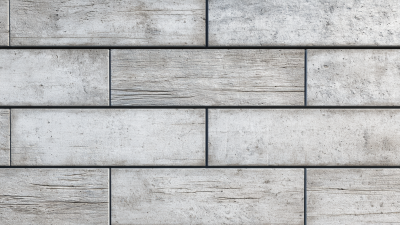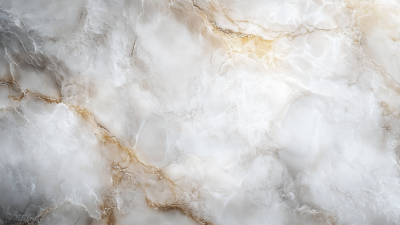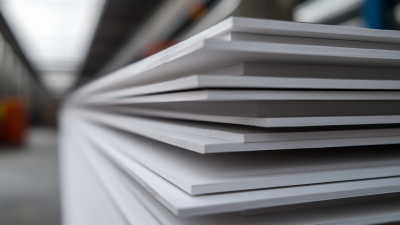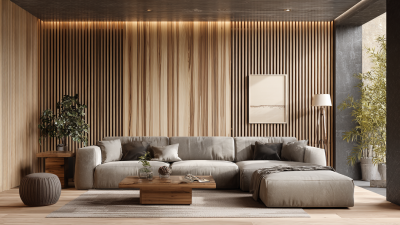
In recent years, PVC bathroom cladding has emerged as a popular choice among homeowners and designers alike, thanks to its remarkable blend of functionality, aesthetics, and cost-effectiveness. Industry expert John Smith, a leading figure in the field of bathroom renovations, has noted, "PVC bathroom cladding not only provides a waterproof and stylish finish but also saves time and money on maintenance." As we look towards 2025, understanding the benefits and trends associated with PVC bathroom cladding is essential for anyone looking to enhance their bathroom space.
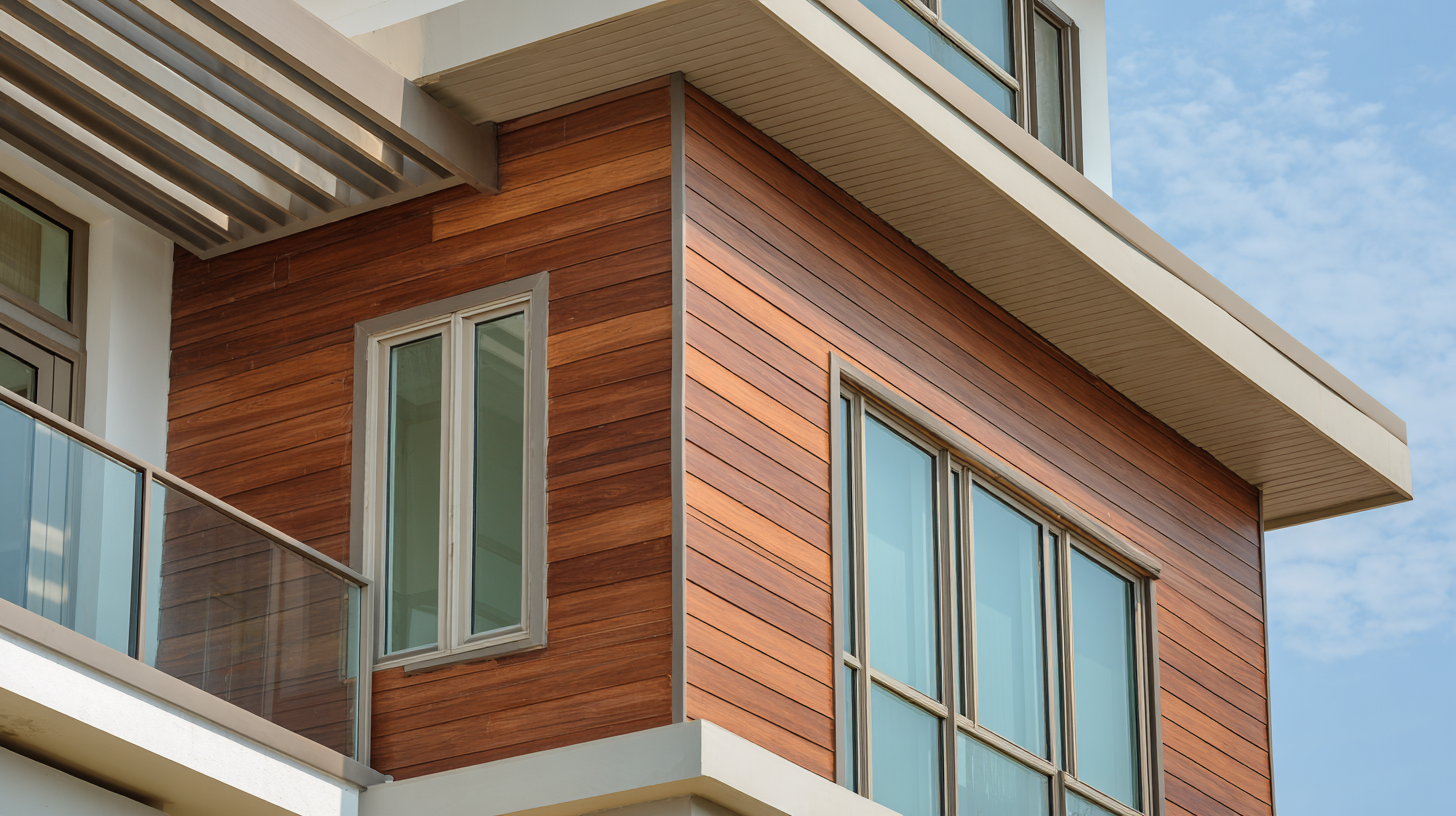
With ongoing advancements in design and technology, the popularity of PVC bathroom cladding is expected to rise significantly. The material's versatility allows for a wide range of styles and colors, making it suitable for various design themes. Moreover, its ease of installation and cleaning has made it a preferred option among both contractors and DIY enthusiasts. As we delve into the top 10 insights regarding PVC bathroom cladding, it will become clear how this innovative solution is set to redefine modern bathroom spaces in the coming years.
PVC bathroom cladding has gained popularity in recent years due to its remarkable benefits that cater to the needs of modern homeowners. One of its standout features is durability. PVC is resistant to moisture, which makes it an ideal material for bathroom environments that are prone to humidity. Unlike traditional materials, it does not warp, swell, or decay when exposed to water, ensuring a long-lasting installation. Additionally, its robust surface is less susceptible to damage from impacts or scratches, further extending its lifespan.
Maintenance is another key advantage of PVC cladding. It requires minimal upkeep compared to tiles or wood, as it can be easily cleaned with just a damp cloth and mild detergent. This low-maintenance characteristic appeals to homeowners who seek efficient ways to keep their bathrooms looking fresh without the need for frequent repairs or replacements. Aesthetically, PVC cladding offers a variety of styles, colors, and finishes, allowing homeowners to create a customized look that complements their design vision. This versatility ensures that PVC is not only practical but can also enhance the overall appeal of a bathroom space.
Current trends in PVC bathroom cladding showcase a diverse array of styles, colors, and finishes that cater to modern design preferences. One prominent trend is the shift towards bold and vibrant colors, moving away from traditional whites and creams. Shades like deep navy, forest green, and even pastels have gained popularity, allowing homeowners to create striking focal points in their bathrooms. Furthermore, cladding that mimics the look of natural materials, such as wood or stone, continues to be favored, providing an elegant aesthetic without the maintenance issues associated with these materials.
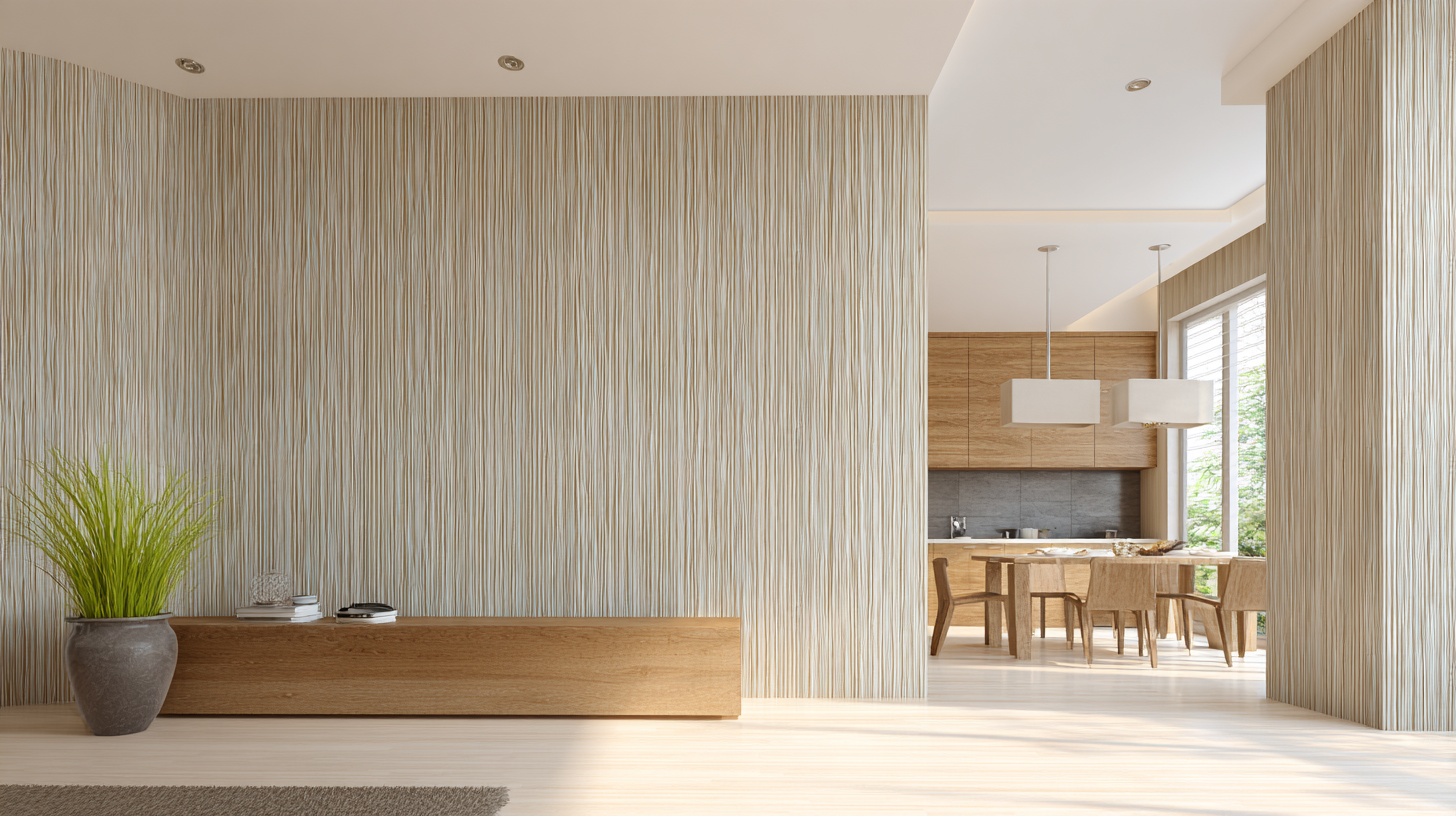
In addition to color trends, the finishes on PVC cladding are evolving as well. Matte and textured finishes, which add depth and interest to surfaces, are particularly sought after. These finishes not only enhance the visual appeal but also ensure a more luxurious feel. Additionally, there's a growing interest in eco-friendly options, with many manufacturers offering sustainable PVC products that reduce environmental impact. As homeowners become more design-conscious, the versatility of PVC cladding allows for endless customization, making it a top choice for contemporary bathroom renovations.
PVC bathroom cladding has gained popularity due to its remarkable cost-effectiveness and impressive lifespan.
Unlike traditional materials such as tiles or wood, PVC cladding offers a more budget-friendly solution for homeowners.
The initial investment is significantly lower, and because PVC is water-resistant, it reduces the need for frequent repairs or replacements.
This durability translates to lower long-term costs, making it an appealing option for those looking to renovate their bathrooms without breaking the bank.
In terms of lifespan, PVC cladding is exceptionally resilient.
Typically, it can last anywhere from 10 to 20 years, depending on the quality of the material and the conditions in which it is installed.
Unlike wood, which is prone to rot and mold in humid environments, PVC remains unaffected by moisture, ensuring that it maintains its appearance and functional integrity over time.
Additionally, it requires minimal maintenance—regular cleaning is usually all that's necessary to keep it looking new.
With its combination of affordability and longevity, PVC bathroom cladding is an excellent choice for modern home renovations.
When considering PVC bathroom cladding, understanding the installation process is crucial for homeowners looking to achieve a professional finish. PVC cladding not only provides a waterproof barrier but also enhances aesthetic appeal. According to a recent market report by ResearchAndMarkets, the global PVC cladding market is projected to grow by 4.3% annually, highlighting its increasing popularity among homeowners.
Tips for Installation: One key tip is to measure your walls carefully before purchasing cladding panels. Accurate measurements will prevent waste and ensure that you have enough material. Additionally, proper surface preparation is vital; ensure that your walls are clean, dry, and free of mold. A study by the National Association of Home Builders indicates that poor surface conditions are a common reason for installation failures.
Finally, it is beneficial to use the right adhesive and fastening techniques. Industry standards recommend using a high-quality silicone adhesive for waterproof performance. Always allow adequate drying time as indicated by the manufacturer to ensure a secure bond. By adhering to these best practices, homeowners can maximize the durability and appearance of their PVC bathroom cladding.
 When considering bathroom cladding materials, PVC stands out due to its unique advantages and limitations when compared to traditional options like tiles and wood. One of the most significant benefits of PVC is its water resistance, making it an ideal choice for wet environments. Unlike tiles, which can crack or become loose over time, PVC panels are non-porous and do not require grouting, leading to easier maintenance and cleaning. Additionally, PVC is lightweight and flexible, allowing for quicker and more straightforward installations without the need for specialized tools.
When considering bathroom cladding materials, PVC stands out due to its unique advantages and limitations when compared to traditional options like tiles and wood. One of the most significant benefits of PVC is its water resistance, making it an ideal choice for wet environments. Unlike tiles, which can crack or become loose over time, PVC panels are non-porous and do not require grouting, leading to easier maintenance and cleaning. Additionally, PVC is lightweight and flexible, allowing for quicker and more straightforward installations without the need for specialized tools.
However, there are also drawbacks to using PVC as bathroom cladding. While it offers a modern aesthetic and comes in various designs, it may not achieve the same level of elegance or sophistication as natural materials like wood or stone. Tiles can provide a durable, classic look, but they often involve higher installation and replacement costs. Furthermore, some consumers may have concerns about the environmental impact of PVC, as it is a plastic product that can contribute to plastic pollution. In contrast, wood panels, while appealing for their natural warmth, require regular upkeep to resist moisture damage and potential mold growth. Therefore, choosing the right material ultimately hinges on the specific needs and priorities of the homeowner.

